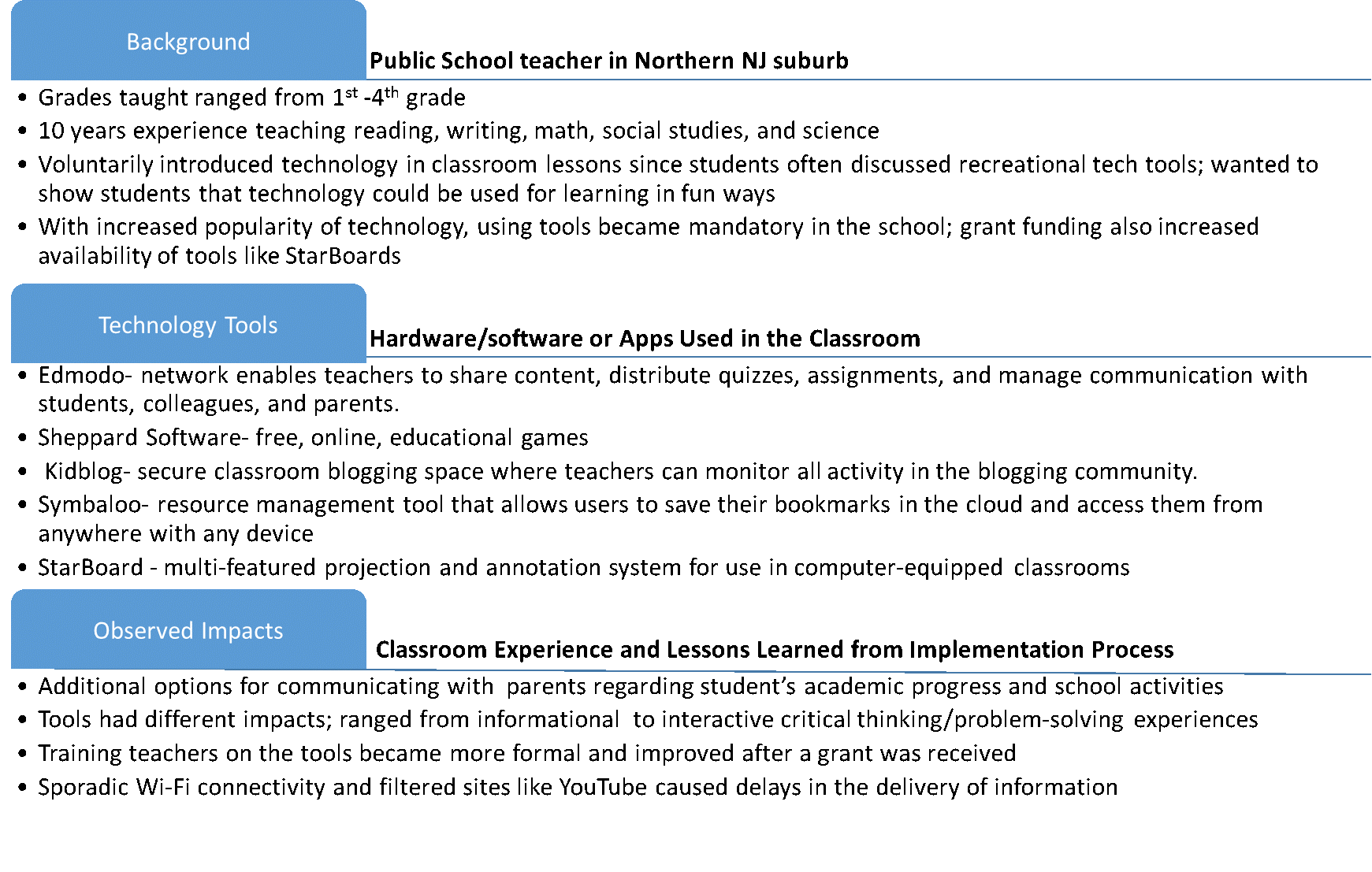Widgetized Section
Go to Admin » Appearance » Widgets » and move Gabfire Widget: Social into that MastheadOverlay zone
Digital Literacy in the Education Sector – Real World Experiences
The views expressed are those of the author and do not necessarily reflect the views of ASPA as an organization.
By Cassandra Arnold
September 23, 2016
Public Policy in Action
Government and nonprofit organizations have been active in developing and communicating programs that improve digital literacy for all ages and backgrounds. For example, digitalliteracy.gov is a portal created as a result of an Obama administration initiative to provide resources to individuals and organizations delivering digital literacy training and services. Individuals can also benefit from the Learn the Basics, which provides an overview of computer and internet terminology. The portal also provides links to websites that provide information about digital literacy training for using tools for education, job skills development, digital citizenship, etc.
The administration of the digital literacy portal is one of a number of activities managed by a working group of federal government agencies led by the National Telecommunications Information Administration and in collaboration with the Department of Education, Health and Human Services, Department of Labor, the Institute of Museum and Library Services and others. This organizational structure is evidence that policy development and execution in the area of digital literacy requires different perspectives from advisors in the fields of technology, social services and education.
Education technology curriculum development and deployment is intended to reduce the digital divide for future generations. Public policy regarding education technology should have flexibility by suggesting tools and curriculum examples. The development of regulations does help provide context that helps educators and administrators struggling to understand how to use technology in art or history classes, thus advocating for an enabling environment. However, given the varied environments in which public and private school stakeholders operate, flexibility in implementation should be allowed. Urban schools with diverse populations versus rural schools in remote geographies might require different tools and supports systems to enable their digital literacy programs.
A study conducted by Young Zhao, Kevin Pugh, Stephen Sheldon and Joe Byers, “Conditions for Classroom Technology Innovations,” is still timely. The 2002 study documented the results of an empirical study of teachers using a statewide grant to implement technology in their classrooms. The researchers strove to help educators identify the combination of tools, people and environment that make the implementation of technology most optimal. They identified various combinations of these inputs and rated them.
To get insight on a teacher’s real-world experience in the present day, interviews were conducted of individuals with extensive experience in the teaching profession. During the interviews similar themes related to the nature of the tools, perspective of the people, and the school environment factored into their experiences. The following section summarizes the results of the interviews.

This teacher was exploratory and excited about maximizing the use of technology. Fortunately, there are a number of free applications available for multiple class subjects that teachers can demo. However, researching tools is a significant time commitment.

This teacher’s experience highlights the impact of technology in building virtual communities between teachers, administration and parents. Classroom management and school community pages are increasingly popular features when schools consider technology. In addition, to alleviate the fear of social networking issues like cyberbullying—a fear expressed by a number of teachers and administrators—the administration of the private school created internet usage policies and engaged parents in monitoring internet usage.
Conclusion
The creation and maintenance of the enabling environment is critical, but it is an extremely complicated enabler to overcome. A recent analysis of internet usage by adults and teens titled, “The Digital Divide in the U.S.: Access, Broadband, and the Nature of Internet Use,” indicated that individuals tend to focus on passive activities such as checking email or purchasing a product. This is counter to theories that presumed in the Information Age, the creation of original content would be more evident.
The passive usage by teens were notable because they were considered the “net generation” because they were born when the internet was popular. Therefore, school lessons that help teens realize the possibilities of how the internet can assist them in education attainment, career development, and citizen engagement is a priority.
The usage of the internet is the next concern for some policy advocates because they feel that in order for information to be transformational and impactful user preferences needs to change. The next article in the series will assess citizen engagement using digital tools.
Author: Cassandra Arnold is a graduate student at Rutgers University – Newark School of Public Affairs and Administration. She is pursuing a master’s degree in Public Administration with a concentration in Nonprofit Management. Cassandra is also learning digital education practices as part of a non-degree certification program at Rutgers University Graduate School of Education. She can be reached at [email protected].






 (1 votes, average: 4.00 out of 5)
(1 votes, average: 4.00 out of 5)
Follow Us!